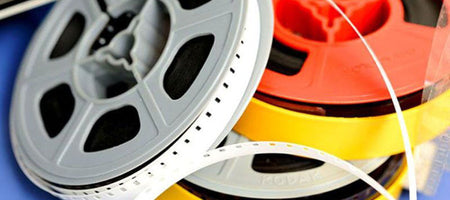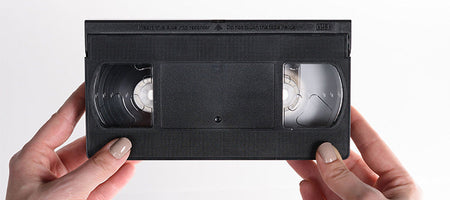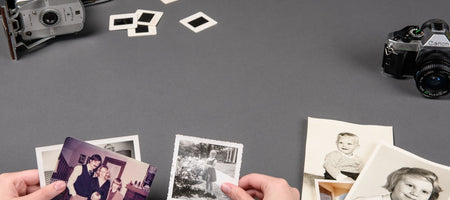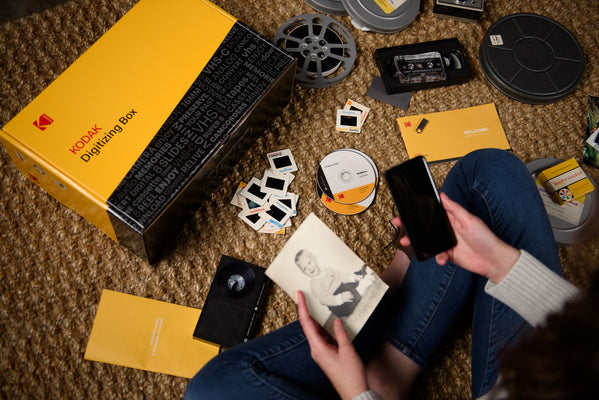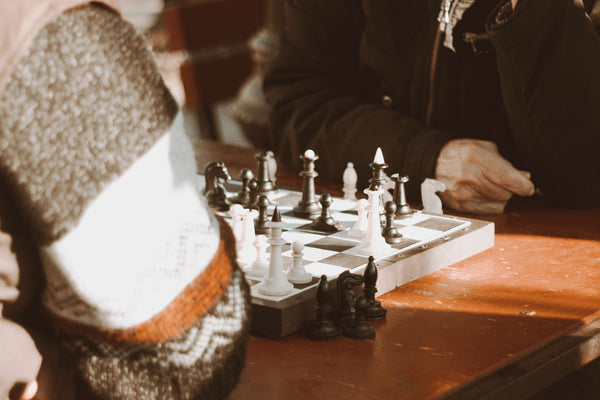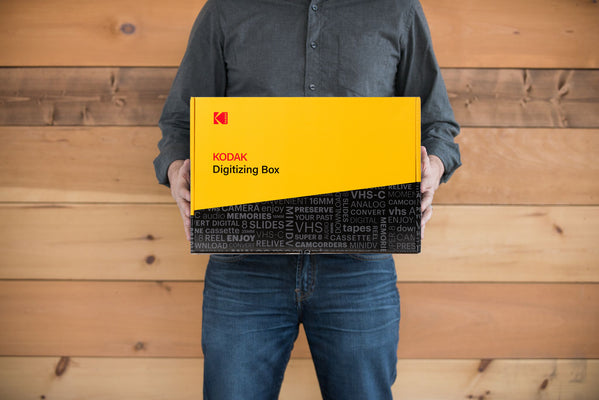Summer is right around the corner. Helllooooo, beach vacations, backyard barbecues and poolside cocktails!
But, as exciting as it is to throw on bikinis and jean shorts, all that heat can take a toll on your old recorded memories.
Here’s the 411 on how the 90-degree temps impact your memories, and how to avoid their demise.
The Impacts
Heat alone can be detrimental to your memories, but the real harm comes from a shift in seasons — from wet, cool winters to dry or dramatically humid, hot summers. This transition can cause photos to fade and crack, and video tapes’ to lose audio quality and image clarity. Prolonged exposure to heat leads to separation of a photo’s image from the paper base support, while dampness or humidity forces photos to stick together. Although VHS tapes are more resilient to heat damage than photographs, long-term exposure can be fatal. And unfortunately, once photos or films are altered from heat, any injuries can’t be undone.
The Solution
The best way to avoid heat damage is by storing your photos and tapes in a dark, cool setting. Perhaps you even opt to try out a climate-controlled storage unit. Whatever you do, avoid the stuffy, un-insulated attics and damp basement closets. An ideal storage space should range between 65 and 70 degrees Fahrenheit, with a humidity no higher than 50 percent.
Other Tips to Preserve Your Photos + Films
- Don’t write on your photos with standard pens. Most inks contain acid that can eat away at your photos. So, it’s best to find writing utensils made specifically to mark photos.
- Don’t store negatives and photos in the same place. This way, if something bad happens to your pictures, you can still reprint them via their accompanying negatives.
- Avoid glues. Most of these products, especially rubber cement options, contain sulfur and acids that break down the photos.
- Avoid plastic, magnetic photo albums and storage products that aren’t specifically made for preserving photographs. Envelopes or ziplock bags can be hazardous. You’ll want to use only lignin-free, acid-free papers and PVC-free plastics.
- Be sure to store pictures on high shelves, where possible flooding can’t reach them, but also away from any potential leak areas or water pipes.
- Avoid touching photos when you have any dust, dirt or oils on your hands. Any of these materials can cause permanent damage. It’s best to handle photographs with white cotton gloves to avoid unwanted fingerprints and scratching.
- Don’t use rubber bands to hold photos together. They contain sulfur, which causes photos to deteriorate over time. Stacking photos together, in general, can be problematic, since any humidity can make the images stick together.
- Make a copy of any photo you put in a frame. The glass on your display can stick to the image, and any sunlight that reaches the image can result in fading or blotching.
And One More Thing…
Digitization is the real answer here, folks. Bring your photos and videos to us at Kodak! By converting them into digital formats, you can ensure those precious memories never fade away.

